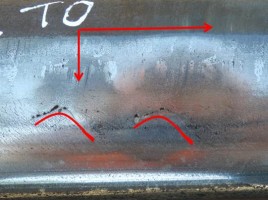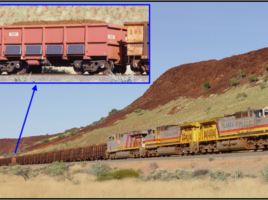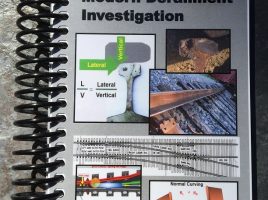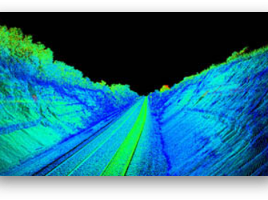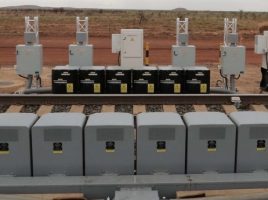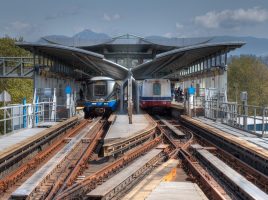
Understanding the Role of Human Factors in Railway Inspection
Presenting experts at Wheel/Rail Interaction 2022 made it clear that there’s more to inspection than meets the eye. Education and training can help reduce errors and improve inspection efficiency. By Bob Tuzik “Human Factors” are frequently cited as cause codes in railway incidents and derailments. But while track and mechanical …

